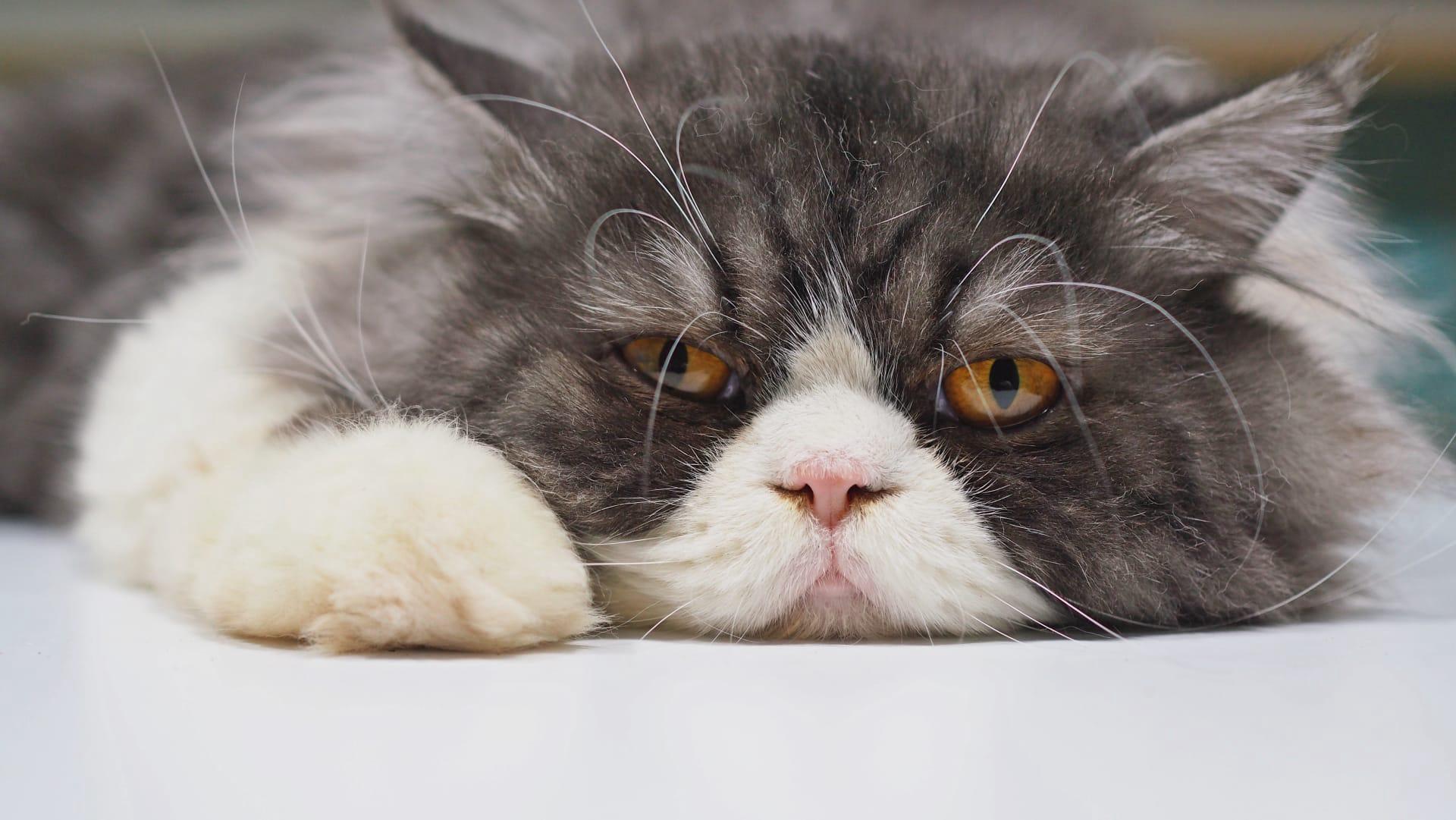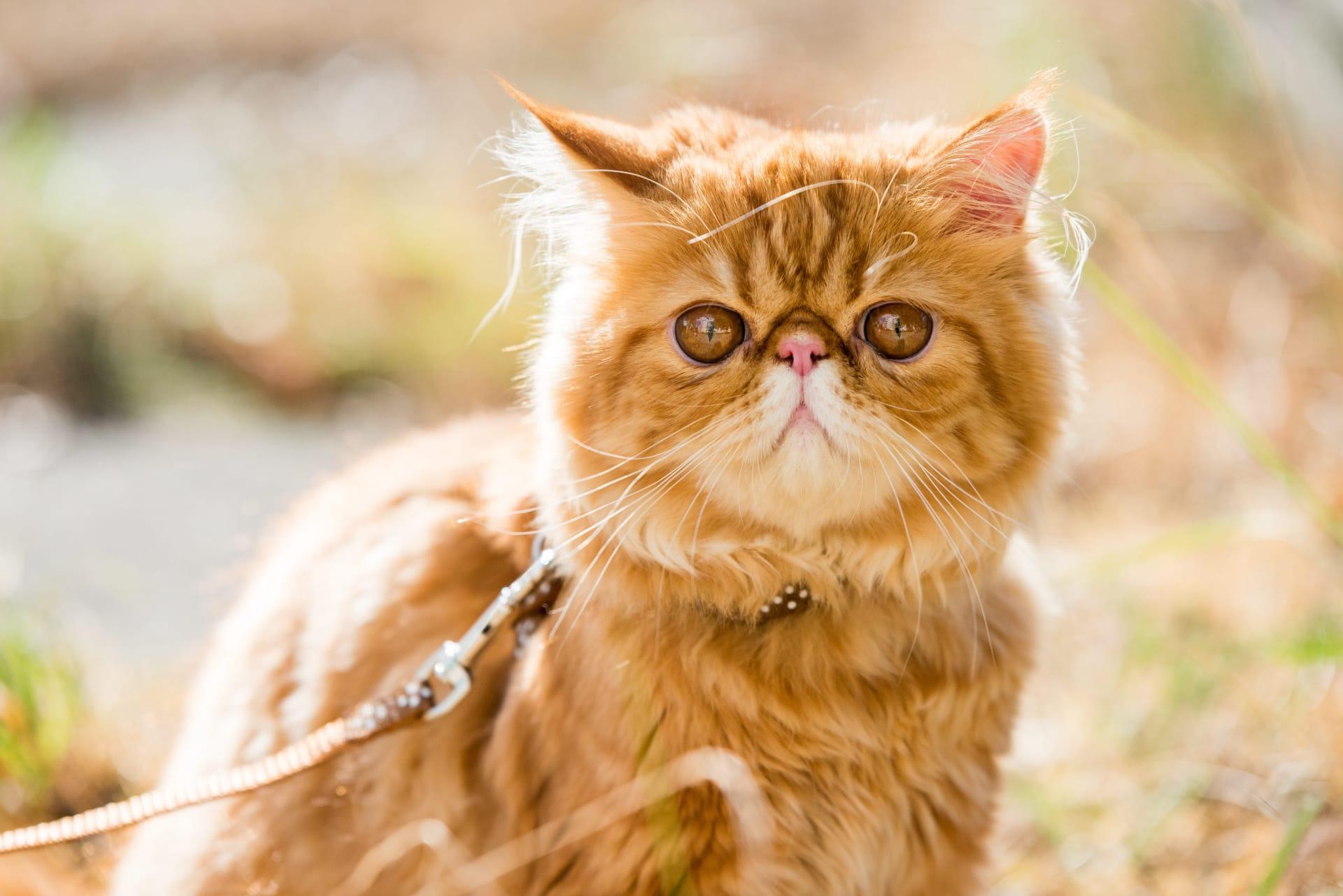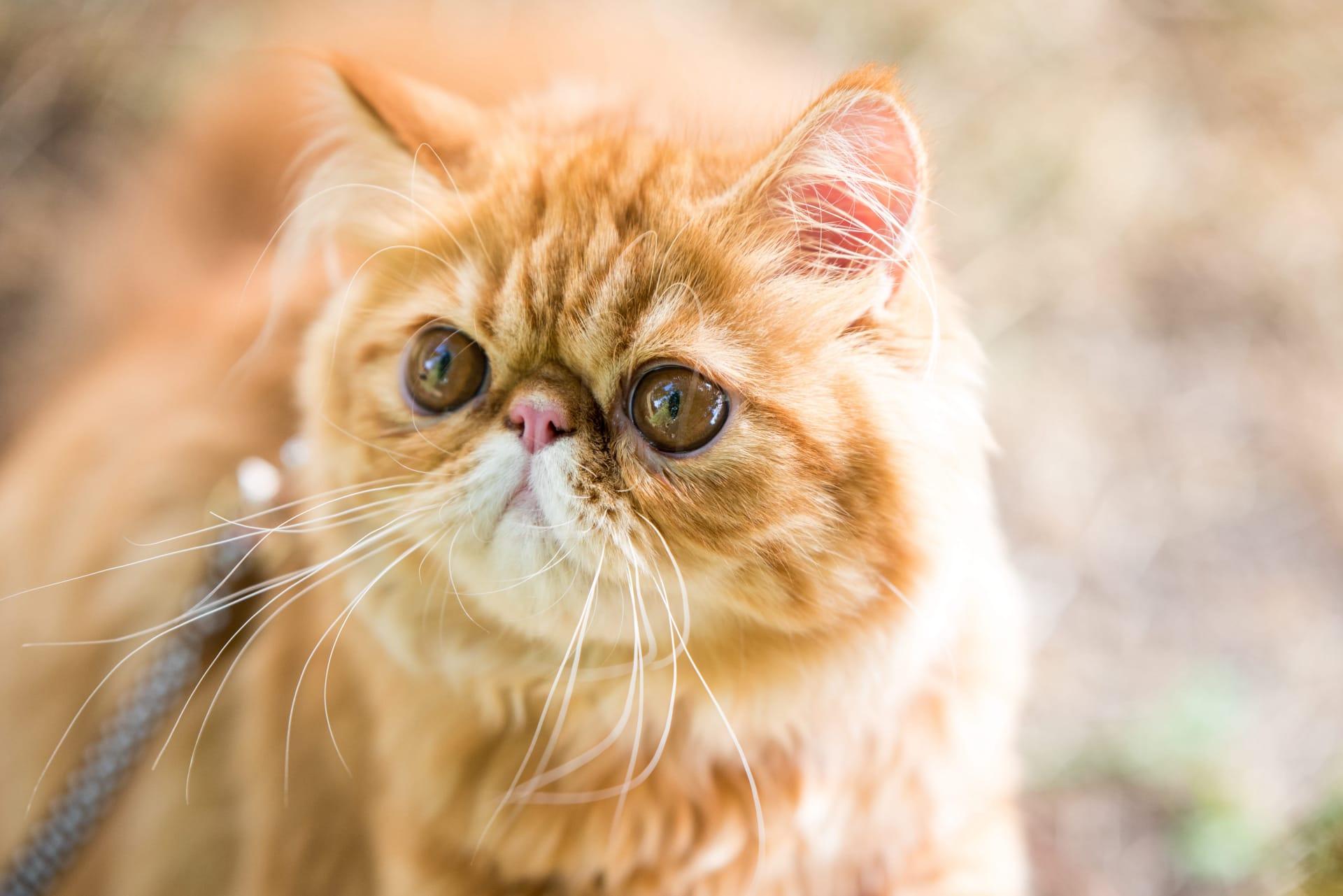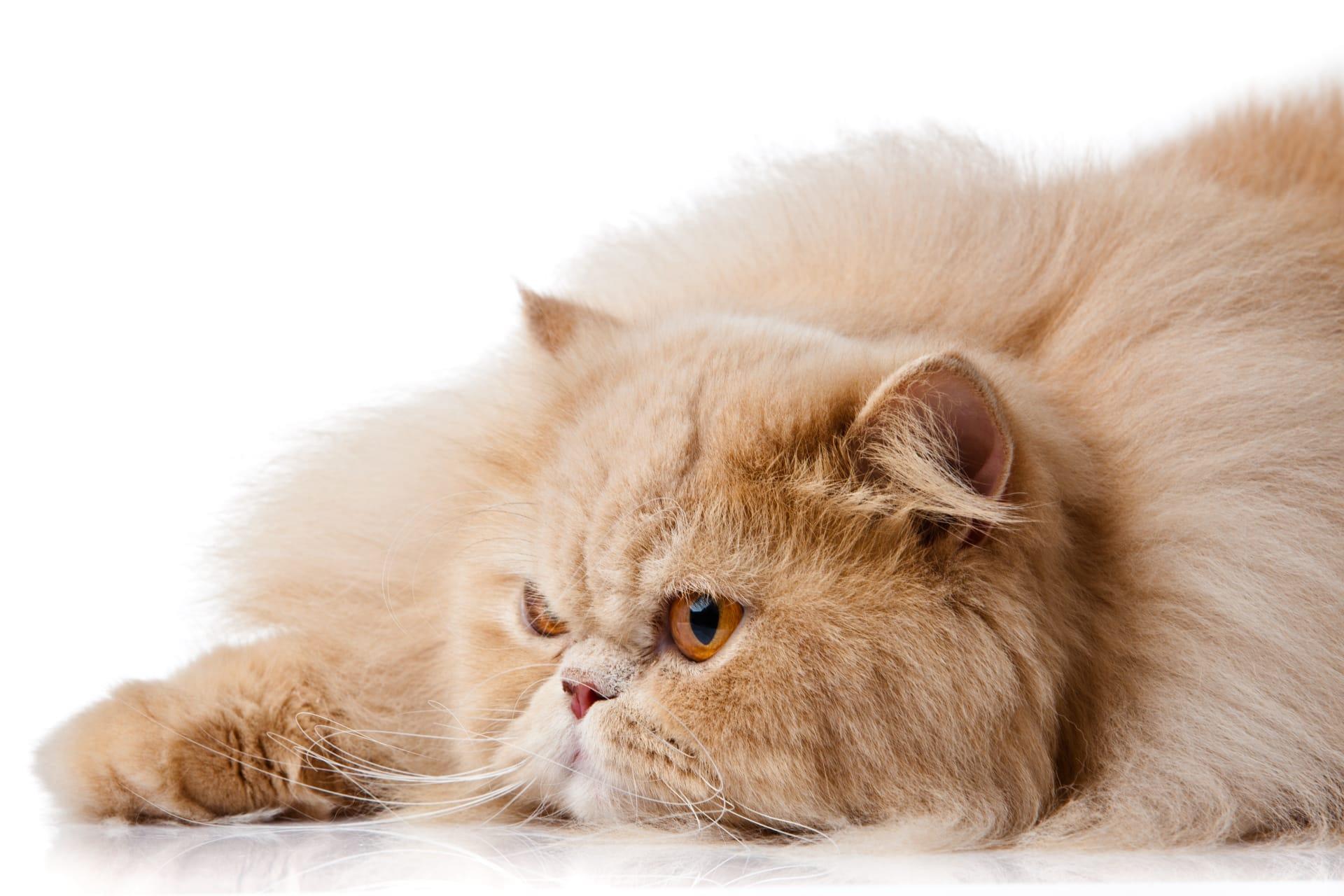Persian Cat Trivia
- Home /
- Trivia Question /
- Animal /
- Persian Cat Trivia
1
Question: What unique physical characteristic defines Persian cats, and how does it impact their health?
Answer: Persian cats are distinguished by their long, luxurious coats and flat-faced (brachycephalic) appearance. This unique facial structure often leads to breathing difficulties, dental malocclusions, and excessive tear production (known as "tear staining"). Their long fur requires daily grooming to prevent mats and tangles, underscoring the importance of regular, meticulous care for their well-being.
Question: How long can Persian cats typically live, and what factors contribute to their lifespan?
Answer: Persian cats have an average lifespan of 12 to 17 years. Factors contributing to their longevity include genetics, diet, level of care, and indoor living conditions. A well-balanced diet, regular veterinary check-ups, and a safe, stimulating indoor environment can significantly extend their lives. However, their brachycephalic traits necessitate careful monitoring for respiratory and dental issues.

2
Question: Is it true that Persian cats are always calm and prefer to be left alone?
Answer: Contrary to popular belief, Persian cats are not solitary creatures by nature. They are known for their gentle and calm demeanor but also enjoy affection and companionship from their human families. They tend to form strong bonds with their owners and can become quite attached, often seeking out laps or soft places next to their favorite humans.
Question: Do Persian cats require less activity and play than other breeds?
Answer: Another common misconception is that Persian cats are less playful. While they may not exhibit the same level of energy as some other breeds, they still enjoy playtime and mental stimulation. Interactive toys, puzzle feeders, and regular play sessions are essential for keeping them engaged and preventing obesity, especially considering their laid-back nature.

3
Question: How does the Persian cat's coat color affect its personality?
Answer: There's a myth suggesting that a Persian cat's coat color can influence its personality. However, no scientific evidence supports this claim. Personality traits in Persian cats, like in other animals, are more directly related to genetics, upbringing, and individual temperament rather than coat color. Each Persian cat is unique, with its distinct character, regardless of the fur shade.
Question: Can Persian cats adapt well to living with other pets?
Answer: Persian cats can indeed adapt well to living with other pets, including dogs and other cats, especially if introduced properly and gradually. Their peaceful nature often makes them compatible companions, provided their housemates respect their boundaries. Early socialization plays a crucial role in facilitating these interspecies friendships, promoting a harmonious household.

4
Question: What is the origin of the Persian cat, and how did it gain popularity?
Answer: The Persian cat's origins trace back to the 1600s when European traders brought long-haired cats from Persia (modern-day Iran) to Europe. Their exotic appearance quickly garnered admiration, leading to their prominence in royal and aristocratic circles. Over the centuries, selective breeding has accentuated their distinctive features, such as the luxurious coat and unique face shape, solidifying their status as one of the most popular and recognizable cat breeds in the world.
Question: Are Persian cats more prone to specific health issues than other breeds?
Answer: Persian cats are indeed predisposed to certain health problems due to their physical traits and genetics. These include polycystic kidney disease (PKD), a hereditary condition; brachycephalic airway syndrome, related to their flat faces; and cardiomyopathy, a heart condition. Regular health screenings and attentive care from their owners can help manage these risks and ensure a quality life.

5
Question: How does the grooming requirement of a Persian cat compare to other cat breeds?
Answer: The grooming requirement for Persian cats is significantly higher than for most other cat breeds due to their long, dense coat. They require daily brushing to prevent mats and knots, regular baths to keep their fur clean and healthy, and eye cleaning to prevent tear stains. This commitment to grooming helps maintain their coat's beauty and prevents skin issues, making it a crucial part of their care routine.
Question: What should potential owners consider before adopting a Persian cat?
Answer: Potential owners should consider the Persian cat's need for extensive grooming, potential health issues, and their calm, affectionate temperament. Understanding the commitment to daily grooming and regular veterinary care for potential breed-specific health concerns is essential. Additionally, prospective owners should ensure their living environment can accommodate a cat that prefers a serene and stable atmosphere, reflecting the importance of a match between the cat's needs and the owner's lifestyle.